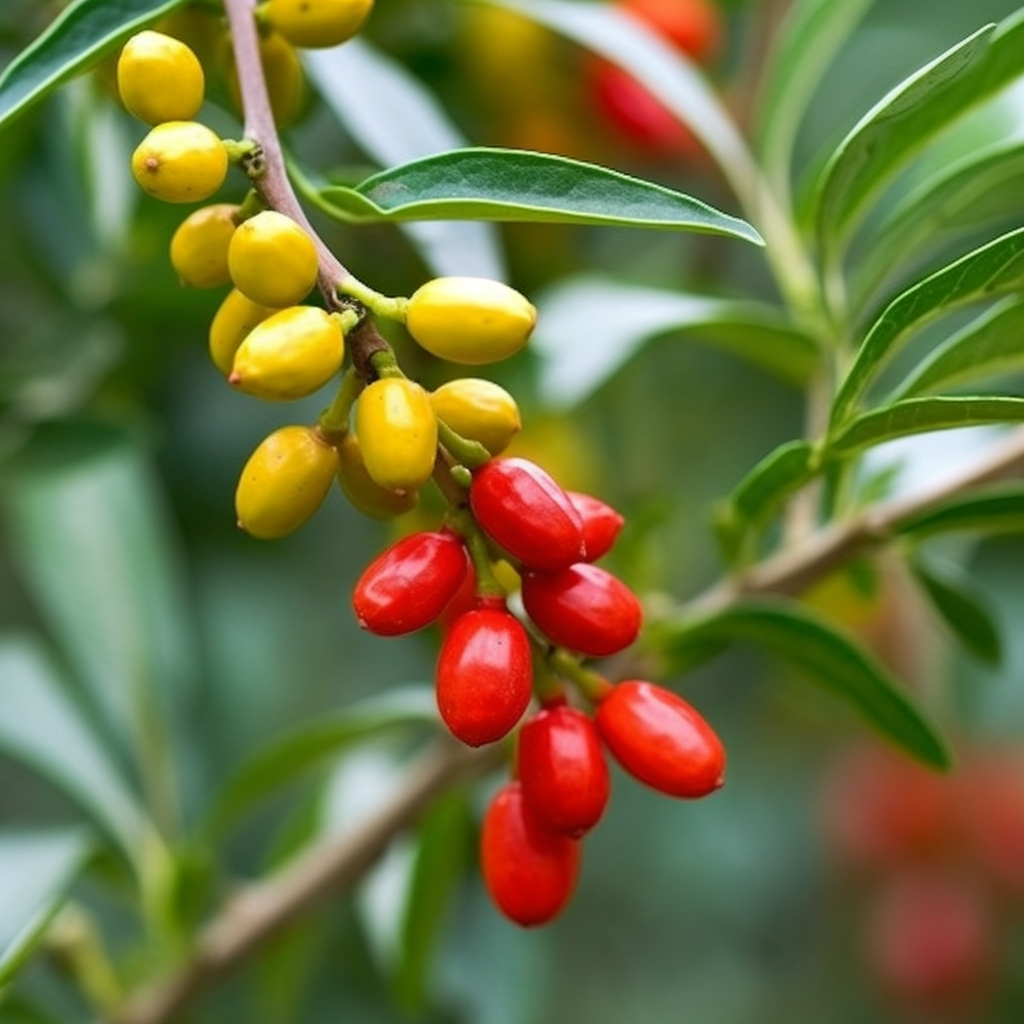Story of Day :
Contents
The Ultimate Guide to Growing and Caring for Goji Berry Plants
When it comes to superfoods, few can compete with the goji berry. These small, bright red berries are packed with antioxidants, vitamins, and minerals that make them a popular choice among health enthusiasts.
If you’re thinking of growing your own goji berry plants at home, you’re in luck! In this complete guide, we’ll cover everything you need to know about caring for these amazing plants.
Choosing the Right Location
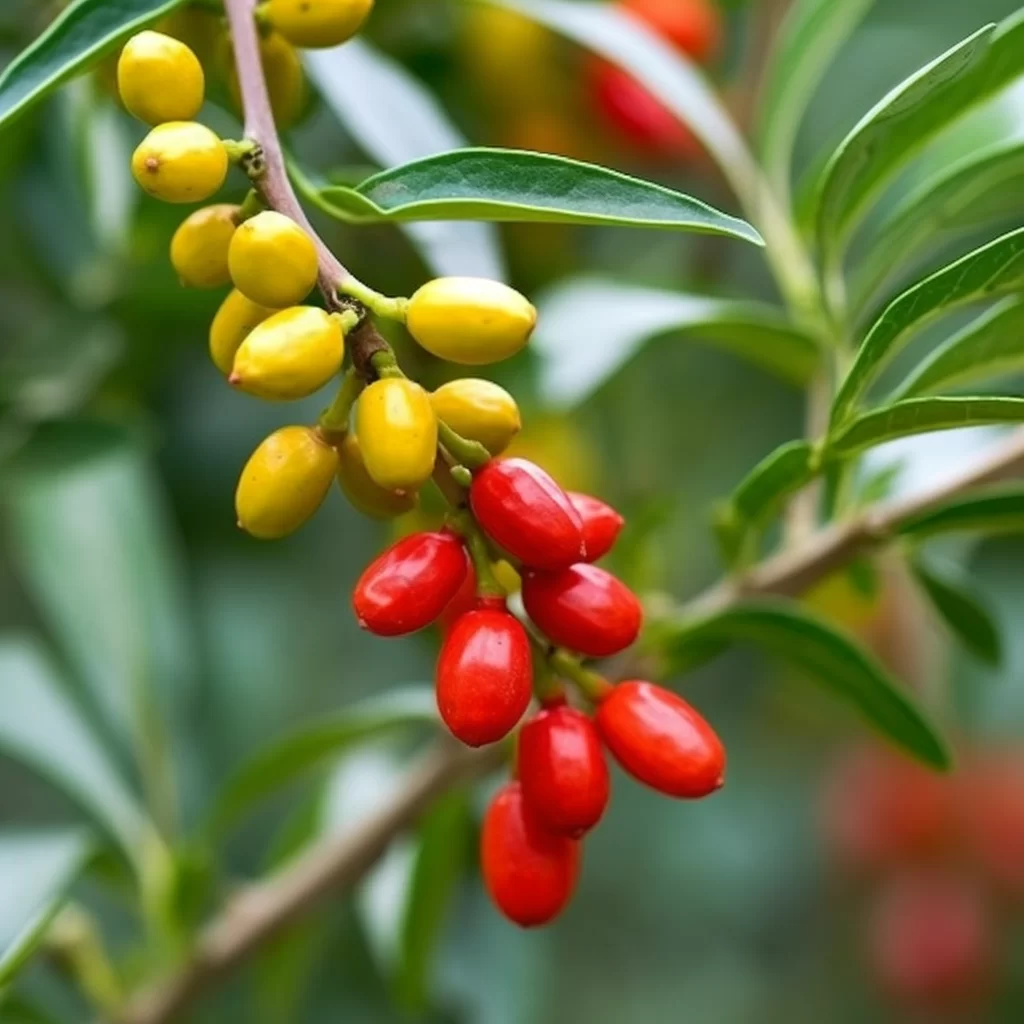
Before you start planting goji berry seeds or seedlings, it’s important to choose the right location. Goji berry plants thrive in full sun and well-draining soil. They also prefer slightly acidic soil with a pH between 6.0 and 7.0.
- Choose a spot in your garden that gets at least six hours of direct sunlight every day.
- Avoid areas where water tends to collect or where the soil is heavy clay.
- If your soil is too alkaline (above pH 7), add some organic matter like compost or peat moss to lower the pH level.
Planting Your Goji Berry Plants
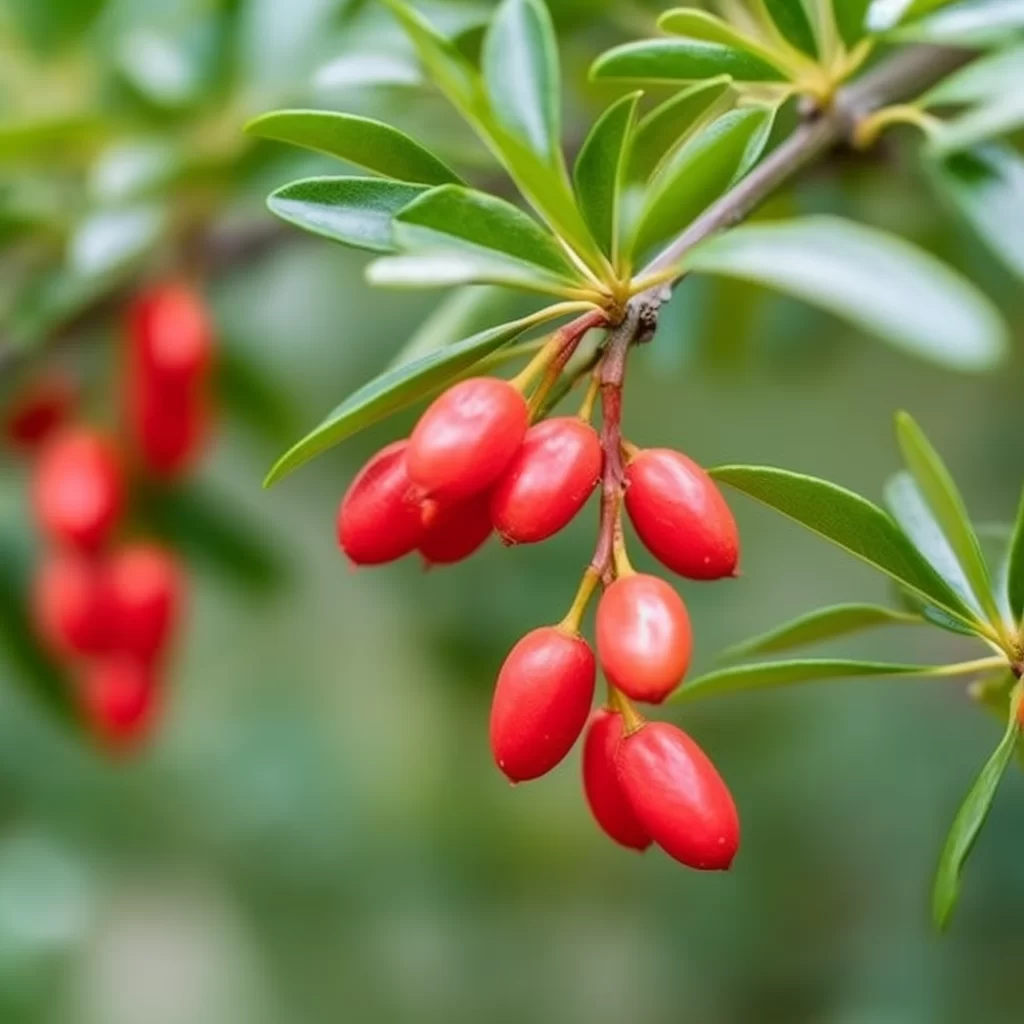
You can grow goji berries from seeds or buy young seedlings from a nursery. If you choose to grow from seeds, keep in mind that they may take up to three years before they produce fruit!
- If using seedlings: dig holes about twice as large as their root balls and plant them deep enough so that their crowns are just above ground level.
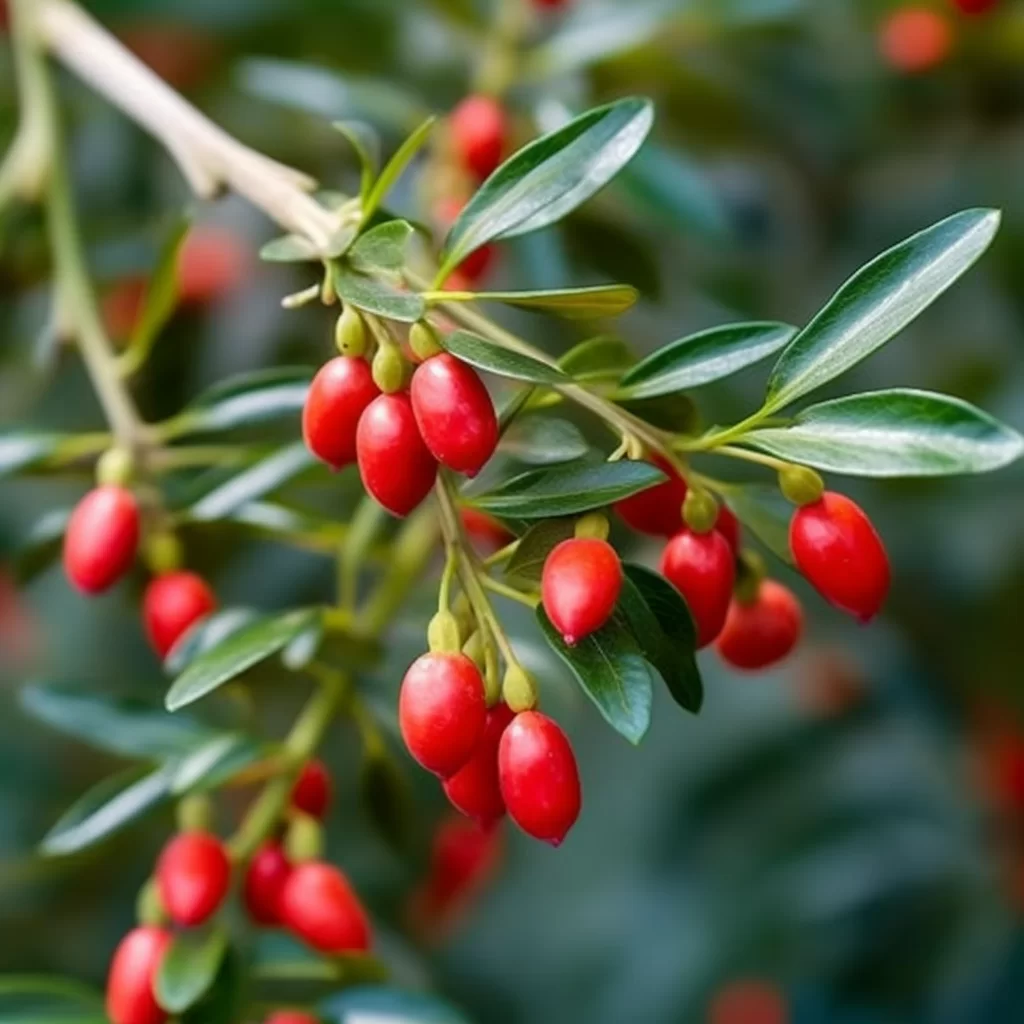
Watering and Fertilizing Your Goji Berry Plants
Goji berry plants don’t like to be too wet, so it’s important to water them sparingly. Give them a good soaking once a week, but make sure the soil has dried out somewhat before watering again.
When it comes to fertilizing, goji berry plants are light feeders. A yearly application of compost or well-rotted manure in spring should be sufficient.
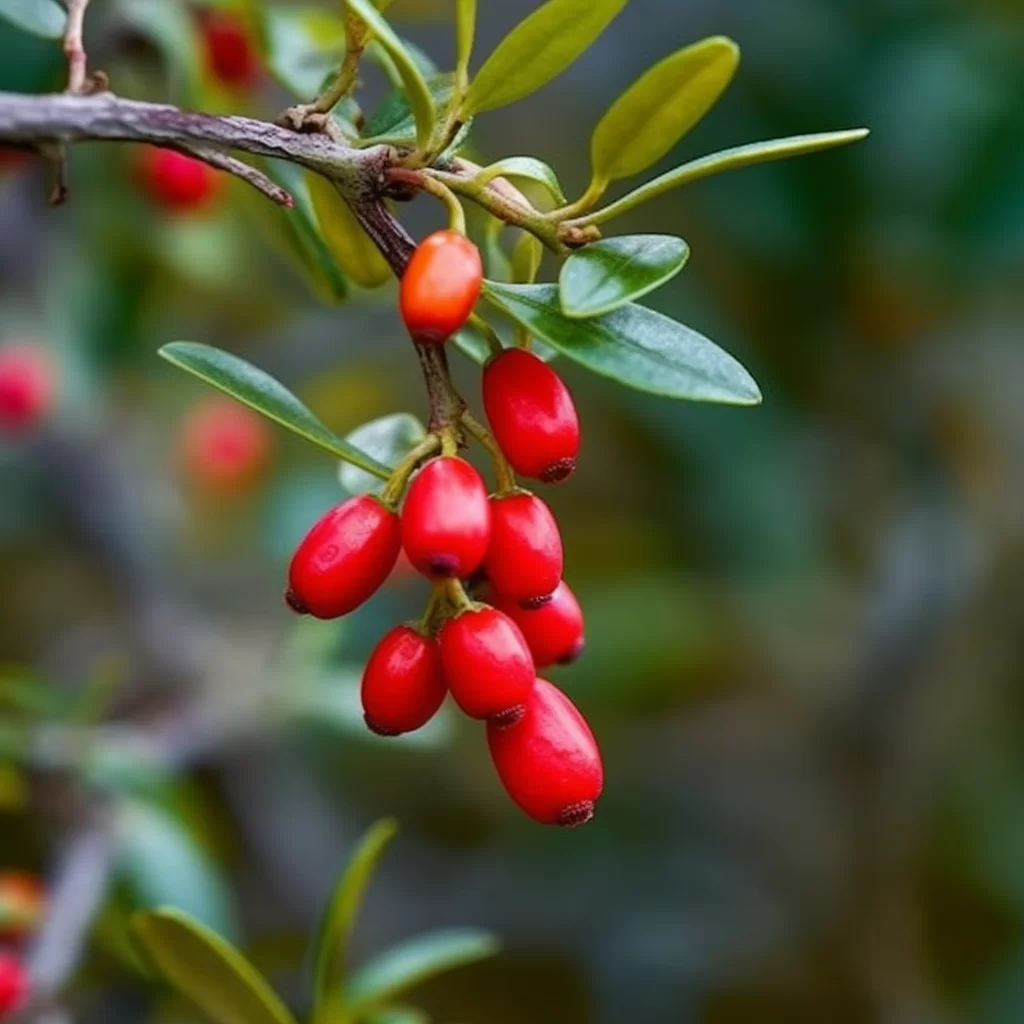
Pest Control
While goji berries are generally pest-resistant, you may occasionally encounter problems with aphids or spider mites. If this happens, try spraying your plants with neem oil or insecticidal soap.
Harvesting Your Goji Berries
In most cases, you can expect your goji berry plants to produce fruit in their second year of growth. You’ll know they’re ready for harvest when the berries turn bright red and start to shrivel slightly on the plant.
- Gently pick off each berry by hand, being careful not to damage the plant’s delicate branches.
- Rinse the berries under cool running water and enjoy!
The Bottom Line
If you’re looking for an easy-to-grow superfood that will thrive in your garden year after year, look no further than goji berries! With a little bit of care and attention, these amazing plants will reward you with delicious fruit packed full of health benefits.
